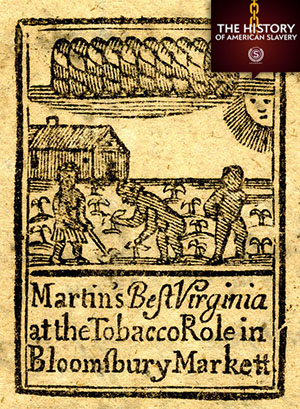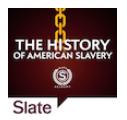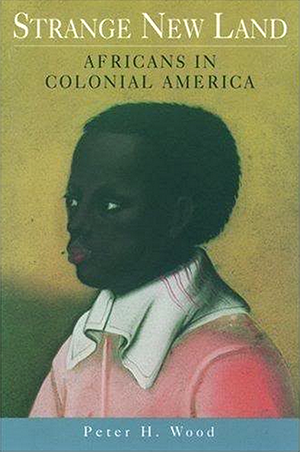Rick Noack, Washington Post

Image from article, with caption: Italian police stand guard at a checkpoint in Conciliazione Street, next to St. Peter's Square, in Rome in Nov. 17, 2015.
As Europe struggles to counter the threat posed by the Islamic State and other militant groups, the Italian government is set to launch a scheme that will take the fight to a different level.
Starting mid-September, more than half a million 18-year-olds living in Italy are eligible to receive vouchers valued at more than $500 each. The vouchers will allow recipients to visit museums free, go to concerts for reduced prices or watch movies.
"It sends a clear message — a welcome for those who reach the age of 18 and a reminder of how crucial culture is, both for personal enrichment and for strengthening the social fabric of the country," Tommaso Nannicini, the official in charge of the program, was quoted as saying last week.
According to the Italian government, the program is also intended to send a message to militant groups. When the scheme was announced last year, Prime Minister Matteo Renzi implied that extremists should be countered not only militarily, but also ideologically. The announcement came days after militant attacks in Paris killed at least 130 people. "They imagine terror, we answer with culture. They destroy statues, we love art. They destroy books, we are the country of libraries," Renzi reportedly said, referring to a "cultural battle."
Italy's cultural offerings are well known and appreciated across the world, drawing a flood of tourists. Giving free money to 18-year-olds in a country where the youth unemployment rate is more than 35 percent is aimed at motivating younger Italians to have similarly positive experiences and to see their own country in a different way.
The idea of countering extremism through cultural and social incentives is increasingly popular in Europe's welfare states. Britain's Channel program — part of a broader "Prevent" counterterrorism strategy — offers counseling and social support to youths who might be at risk of radicalization. The program, however, remains controversial because some Muslim communities view it as a police-led initiative to monitor terrorism suspects.
France and Germany also have experimented with smaller, similar schemes. French students already benefit from free admission to all public museums in Paris.
But Italy's approach is viewed as unprecedented: The government expects to spend about $300 million on the program, depending on how many eligible recipients claim the money. Theoretically, all 18-year-old European Union citizens living in Italy are allowed to apply. The program runs out at the end of next year.
Opposition parties have criticized the scheme as populist, but counterterrorism experts and international observers say it could be more effective than some other past efforts to counter youth radicalization.
Although the program was launched with the declared intent to counter radicalization efforts, the government has since been careful to label it a "culture bonus."
A special smartphone app will allow recipients to choose how to spend the money. Experts have said that approach, which refrains from pressuring participants into a particular program, could prove effective.
"It is hard to say what is the best approach. But what we can say is what is the wrong one: a spying system that stigmatizes and excludes people," Maina Kiai, the U.N. special rapporteur on the rights to freedom of peaceful assembly and of association, said in a recent interview that focused on counter-radicalization schemes in Europe.
Kiai has been critical of other European anti-radicalization efforts, including Britain's Prevent strategy, saying they marginalize Muslims. "You have to be careful to not marginalize and to make people feel as if they are targets and unwanted," he said.
Under Italy's plan, the money will be distributed to all 18-year-old E.U. citizens in the country, regardless of ethnicity or religion.










